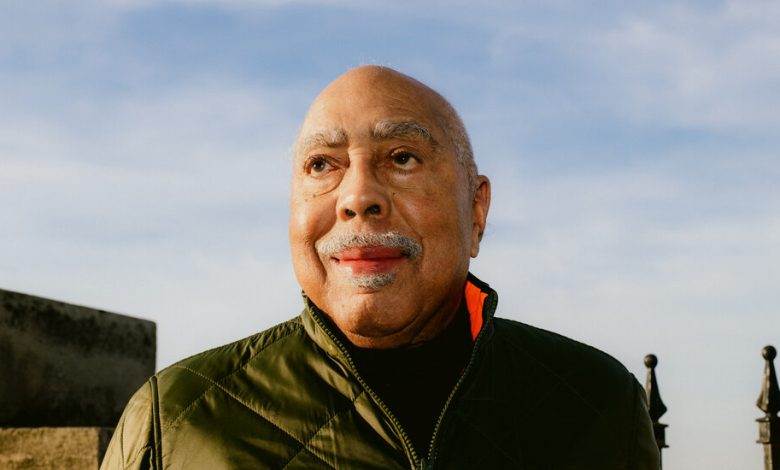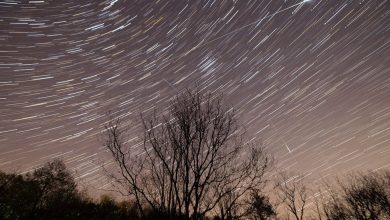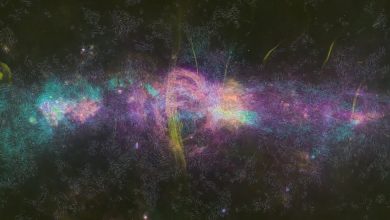Walter Massey, a Physicist With a Higher Calling

The day before Walter Massey turned 30, in 1968, the Rev. Dr. Martin Luther King Jr. was fatally shot on a hotel balcony in Memphis. Dr. Massey, then a physicist at Argonne National Laboratory, watched the funeral on television, in tears, from his apartment in Chicago. Outside, the west side of the city was burning.
At the time, Dr. Massey was a rising star in the study of theoretical condensed matter, how liquids and solids behave. He wrangled equations to make sense of helium at low temperatures, adding to a bank of knowledge that has led to a better understanding of neutron stars, new strategies for detecting dark matter and the development of quantum technologies. In his most noteworthy calculation, he corrected a longstanding theory of superfluid helium established by Lev Landau, winner of a Nobel Prize in Physics.
But Dr. Massey was also a Black man born and raised in the Jim Crow South. And he often felt torn between his love of physics and a pull to contribute to the struggle for racial equity in America.
“I was doing well,” he said. “I’d go out to Argonne, I’d do my physics. I loved it.” But after Dr. King’s assassination, he added, “I began to think more about, you know, what was I doing? What was I contributing?”
That pondering would shape his career. Dr. Massey thrust himself into supporting Black students at a time when colleges around the country were adjusting to court-ordered integration. He bolstered education at underserved high schools to better prepare aspiring Black scientists for the rigor of college. And he helped found the National Society of Black Physicists, which has grown to support thousands of students and professionals in the field.

A subset of Dr. Massey’s many awards, including from Howard University and from the Rainbow PUSH Coalition.Credit…Akilah Townsend for The New York Times



